Fantastic Folklore: Loki
Myths
A myth is another type of traditional story that involves the early history of a culture. They are stories that answer and explain basic questions about the world. Myths are largely rooted in a religion or belief system and a strong reflection of the culture to where the myth originated. A fundamental element in every culture is a creation myth that explains how the wonders of the earth came to be. Some plots are based on something real, like a place, or a group of people that existed historically. However, a myth’s purpose is to explain a natural phenomenon, and often contains supernatural or fantastic beings, gods, and demigods. For example, Greek mythology originated to explain the seasons or weather while illustrating Greek culture and thinking.
Characteristics of Myths
- The author uses strong characterization or character traits are especially important; traits are revealed through appearance, actions, words, and what others think of them
- The characters must cope with aspects of human life: jealousy, love, death, ambition
- The character interact with gods and goddesses, and lesser deities, as well as humans
- Gods and goddesses have human emotions and extraordinary powers
- Many of the themes/lessons and symbols are still important in western culture today
Mythology is a collection of Myths. There are four types of Myths. They are
Animal Mythology, Creation Mythology, Hero Mythology, and Death or Underworld Mythology. You will be able to enjoy all these types of mythology in the weeks to come and complete some fun and engaging activities to go along with each type of mythology.
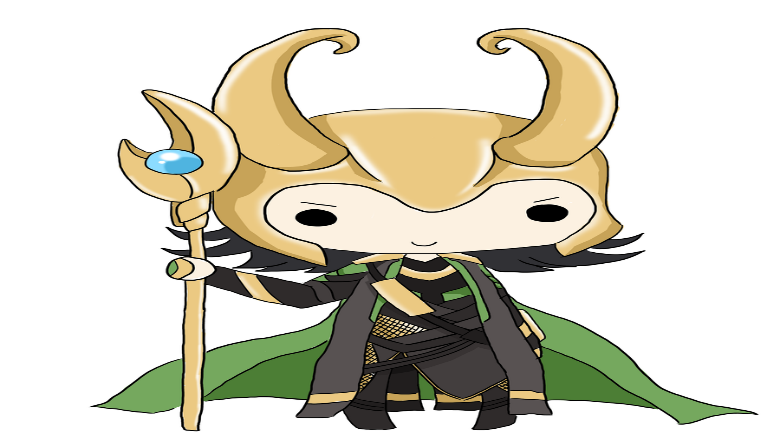
https://www.gods-and-goddesses.com/norse/loki/”>Loki: https://www.gods-and-goddesses.com</a> – Gods & Goddesses, June 22, 2020
Loki
Loki is trickster god causes lots mischief in Norse mythology. He is one of the most well-known gods of Norse mythology. He is at least half-giant; but some report him as being a full-grown giant. Loki’s father was Fárbauti and his mother was Laufey. His father was a giant.
Loki had the power to change himself into different things. He turned into a salmon, horse, seal, fly, and elderly woman.
Fun Facts
- In Old Norse, Loki means “close”
- Loki typically cheated dwarves at any opportunity given to him. They finally were able to stitch his mouth shut to keep him quiet from insults
- Loki is the father of Hel, the goddess of the land of the dead. He is also father of Fenrir, the wolf demon that bites off Tyr’s hand and will eat Odin during Ragnarok. He is also the father of Jormungandr, the world serpent.
- Loki steals Freya’s amber necklace, in which Heimdall fights him and retrieves it
- Loki tricked blind Hod to kill Baldur with mistletoe.
- When bound until Ragnarok, Skadi places a venomous snake above him, which causes him terrible pain with the poison.
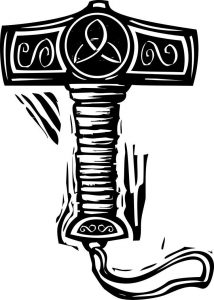
Loki Helps the Gods
The first time Loki helped the gods was when they were building Asgard. The gods had run out of funds, and all they had built was a wall. Loki came up with the idea that the giant should finish the job for them. The gods agreed, as did the giant. But the giant asked for the Sun, the Moon, and the goddess Freya as payment if he completed the job on time.
Loki assured the gods that the giant would never finish on time. The giant had a huge stallion called Svadilfari to help him, and the gods got nervous. Loki changed shape into a mare and seduced the giant’s horse. As a result of Loki’s trickery, the giant wasn’t able to finish on schedule and tried to kidnap Freya. Before the giant could, Thor cracked his skull with a hammer.
Think About It
If you were Loki, what other plans might you have come up with. Remember he had the power to change into various things like a salmon, horse, seal, fly, and an elderly woman.
Click the link below to learn more about Loki.
Making an Oath Runes Bracelet
The Vikings left behind a wealth of material written in Old Norse, a runic alphabet language that precedes the Latin alphabet. The Vikings believed that their words could have great powers for healing, protection and more and specially trained Rune Masters wielded that power.
An oath bracelet was used by the Norse as powerful symbols as they entered into agreements, swore oaths, during rituals and as a signal of commitment in marriages and business.
Materials
- Flat wooden beads You can buy them at Michaels or any Craft Store
- Black Marker or Fine Paint Brush and Black Acrylic Paint
- String or Stretch Magic Beading Cord
Directions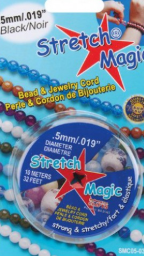
- Take your beads and use the charts below to decorates your beads
- Design the beads according to the Rune and the meaning of the Rune you like
- Use your markers or paint to create your symbol
- After beads dry string them together
- Tie the string or beading cord
Symbols for Oath Runes Bracelet
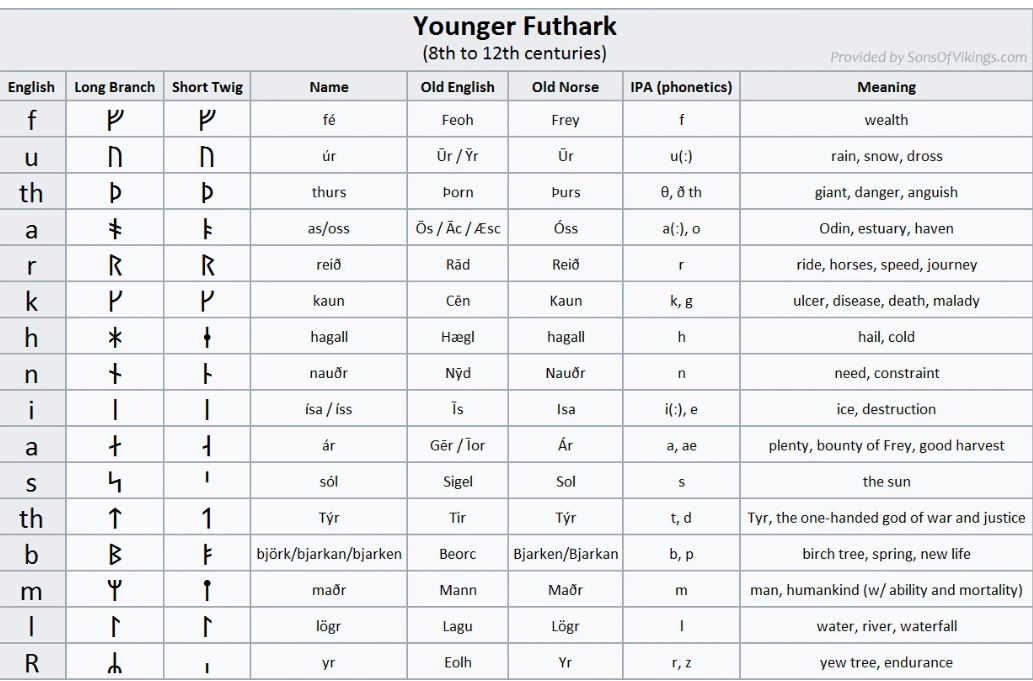


Making a Viking Crystal Light Catcher
Ancient lore has suggested that the Vikings used special crystals to find their way under less-than-sunny skies. Though none of these so-called “sunstones” have ever been found at Viking archaeological sites, a crystal uncovered in a British shipwreck could help prove they did indeed exist. According to Cory Binns, from LiveScience, the crystal was found amongst the wreckage of the Alderney, an Elizabethan warship that sank near the Channel Islands in 1592. The stone was discovered less than 3 feet (1 meter) from a pair of navigation dividers, suggesting it may have been kept with the ship’s other navigational tools, according to the research team headed by scientists at the University of Rennes in France. A chemical analysis confirmed that the stone was Icelandic Spar, or calcite crystal, believed to be the Vikings’ mineral of choice for their fabled sunstones, mentioned in the 13th-century Viking saga of Saint Olaf. Today, the Alderney crystal would be useless for navigation because it has been scratched by sand and clouded by magnesium salts. But in the days of the Norsemen such a stone would have bent light in a helpful way for seafarers.
Materials
Borax
boiling water
a wide mouth glass mason jar
green and white pipe cleaners
string
a pencil
food coloring
Directions
- Twist your pipe cleaner into the desired shape. Use one of the Runes symbols.
- Measure ½ cup of borax and put in the mason jar
- Pour 3 cups of boiling water in to a mason jar
- Stir until all the borax is dissolved and the solution is clear, add food coloring if you desire.
- Tie a string around the tail of the shamrock and tie the other end to a pencil. Gently lower the shamrock into the solution making sure that it is not touching any sides or the bottom.
- Set the jar in a safe spot that will not be disturbed.
- Gently cut off the string and display in your window.
Viking Bread
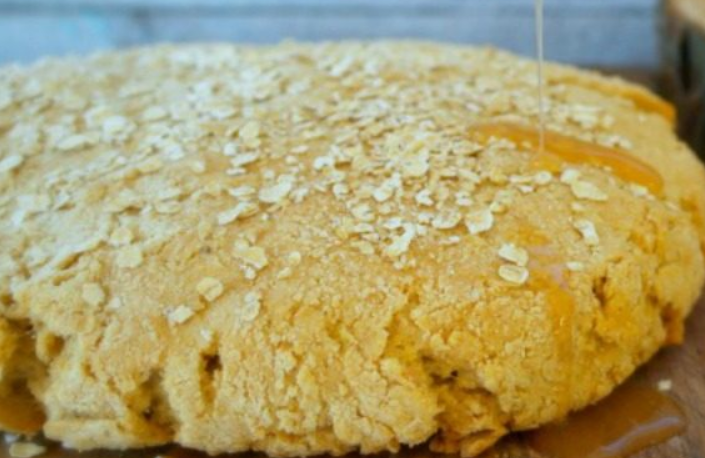
Ingredients
- 3 cups whole wheat flour
- 2 cups all-purpose flour
- 1 tsp. baking soda
- 1 tsp. salt
- 2 cups water
- 3/4 cup rolled oats
- 1/3 cup rolled oats {for sprinkling on top}
- Honey
Instructions
- Mix all dry ingredients and then add the water.
- Stir all of the ingredients with a wooden spoon until you can’t stir any more.
- Then, knead the dough with damp hands until flour is completely incorporated.
- Finally, form the dough into a round, place it on a baking stone sprinkle with reserved oats, and place it in a cold oven.
- Turn the oven to 375-degrees, and leave it alone for an hour.
- After an hour, pull the bread out of the oven, let it cool slightly, then rip it apart in chunks like a Viking and drizzle honey on it.

